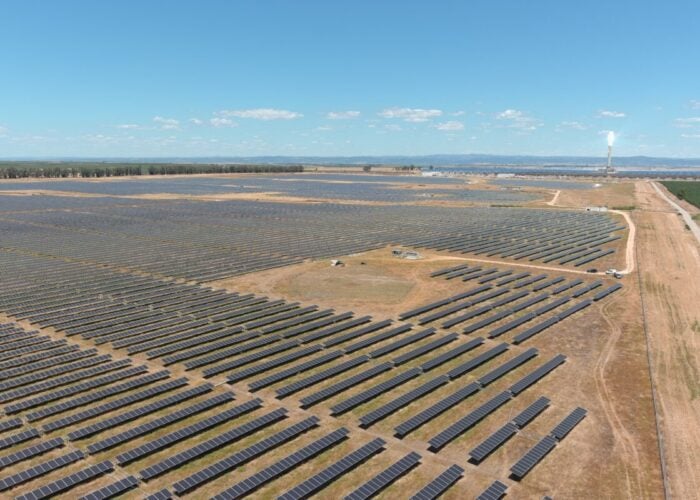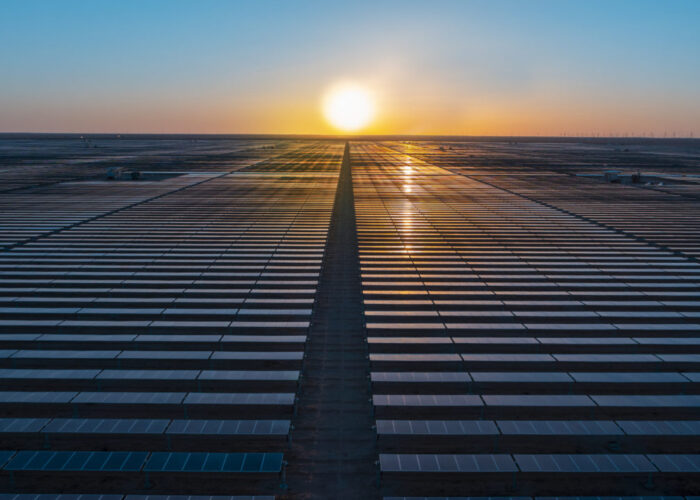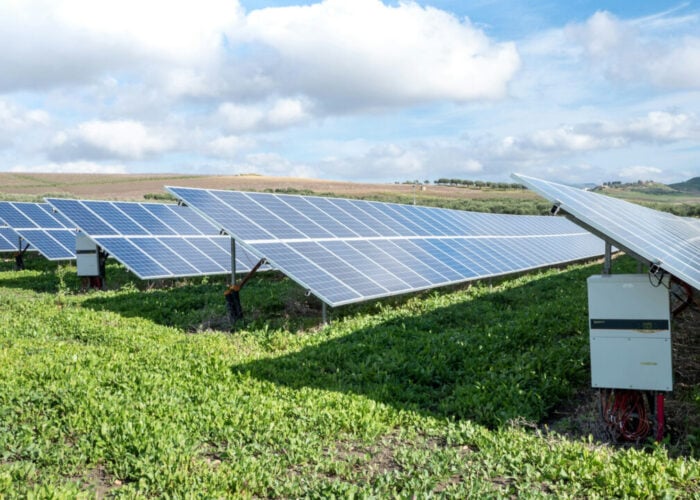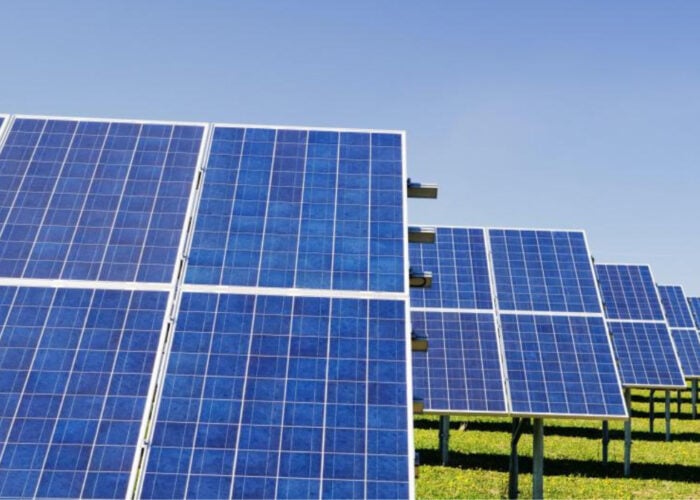The California Public Utilities Commission (CPUC) has opted to introduce a time-of-use (TOU) based system for state utilities to charge customers for electricity and has rejected a fixed monthly charge that was seen as a barrier to rooftop solar.
The changes come after a three-year process looking at Assembly Bill 327, which was put forward by CPUC president Michael Picker.
Unlock unlimited access for 12 whole months of distinctive global analysis
Photovoltaics International is now included.
- Regular insight and analysis of the industry’s biggest developments
- In-depth interviews with the industry’s leading figures
- Unlimited digital access to the PV Tech Power journal catalogue
- Unlimited digital access to the Photovoltaics International journal catalogue
- Access to more than 1,000 technical papers
- Discounts on Solar Media’s portfolio of events, in-person and virtual
Cory Honeyman, a senior solar analyst at the consulting firm GTM Research, told PV Tech that the TOU rates will not take effect until January 2019 and it is not yet clear whether the rates will damage or improve rooftop solar adoption.
However, CPUC is introducing a Minimum Bill of US$10 per month for customers (US$5 for lower income customers), which will be phased in during this year.
Unlike the rejected fixed charge, which Honeyman said was “insurmountable” for solar users because it would have charged all customers regardless of their electricity usage, the Minimum Bill only takes effect when consumption levels fall below a certain point.
Honeyman added: “A Minimum Bill will only trigger in select scenarios where PV production is completely outpacing consumption from the grid.”
After a Minimum Bill introduction in other states including Massachussetts, Honeyman said it is increasingly viewed as one of the “more palatable” compromises by all stakeholders.
However, installers will now have to consider the size of the systems they install to minimise the number of times the Minimum Bill is triggered.
No further consideration can take place on fixed charges until 2018 and until TOU rates have been implemented.
Under the new rules, utilities will also be required to create a “special outreach programme” to educate lower tier customers on no-cost and low-cost conservation measures.
Meanwhile, a four-tier rate system will be narrowed to two tiers. It is not yet clear exactly at what level the tiers will be narrowed, and this will be finalised in the coming months.
Honeyman said that for high energy usage customers the flattening of the tiers means that rooftop solar economics will worsen, but they will not disappear altogether. Meanwhile lower energy usage customers are expected to become an increasingly attractive demographic for installing rooftop solar as their rates are expected to rise.
He added: “This decision translates into a net benefit for California’s residential solar growth.”
He said that, last year, lower energy usage customers specifically in Northern California, for example, saw their rates jump up by 19-20% for the consumption portion of their bill, which is the portion which solar can offset, making it extremely attractive.
A CPUC statement said that overall the changes were to a “more effective and cost-based structure, empowering consumers with more opportunities to conserve, and promoting resource optimisation and grid reliability”.
Picker claimed: “Rate reform is necessary to move us into a future where consumers have the tools they need to manage their own energy use, and can install new, clean technologies such as storage and renewables.”
Matt Roberts, executive director, Energy Storage Association (US), in an interview with PV Tech Storage, to be published on Thursday, said: “Time of use rates are important – if you want consumers to be part of the solution you have to put a little skin in the game. Something like that helps encourage people to be mindful of how they use energy.”
Meanwhile, referring to TOU systems, Lior Handelsman, vice president marketing and product strategy and founder of power optimiser SolarEdge, told PV Tech Storage: “Our inverter can do time of use, it can even take power from the grid, push it back into the battery and then reuse it later.”
He added that the economy for this method was not yet clear but he expected it to come over time as well as more TOU-based systems to be implemented across the US.
Finally Honeyman added the caveat that, at the end of the year, utilities have to come up with the next version of net energy-metering roles that will determine how rooftop solar customers are compensated for the power that they deliver back to the grid.
He said the result could have a far greater impact on the growth trajectory for California’s rooftop solar than this latest CPUC ruling.
This article ahad been updtaed to include comment form Matt Roberts and Lior Handelsman.







